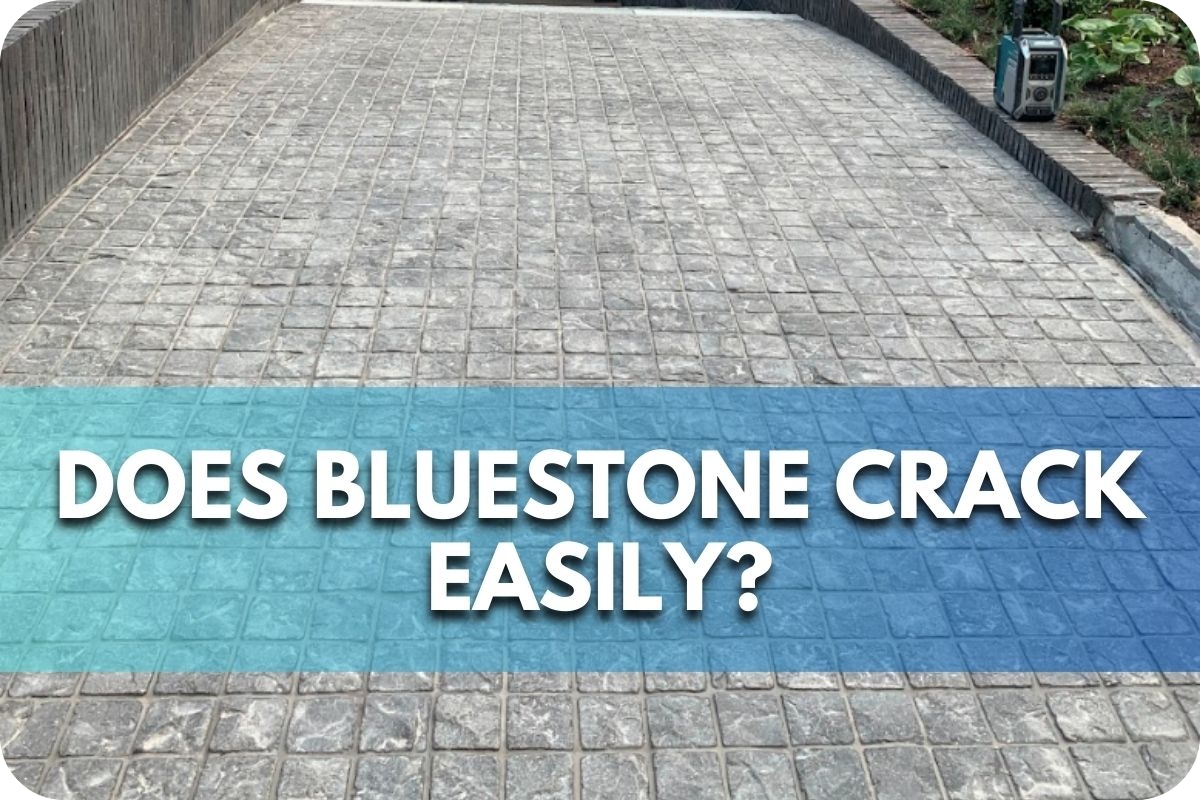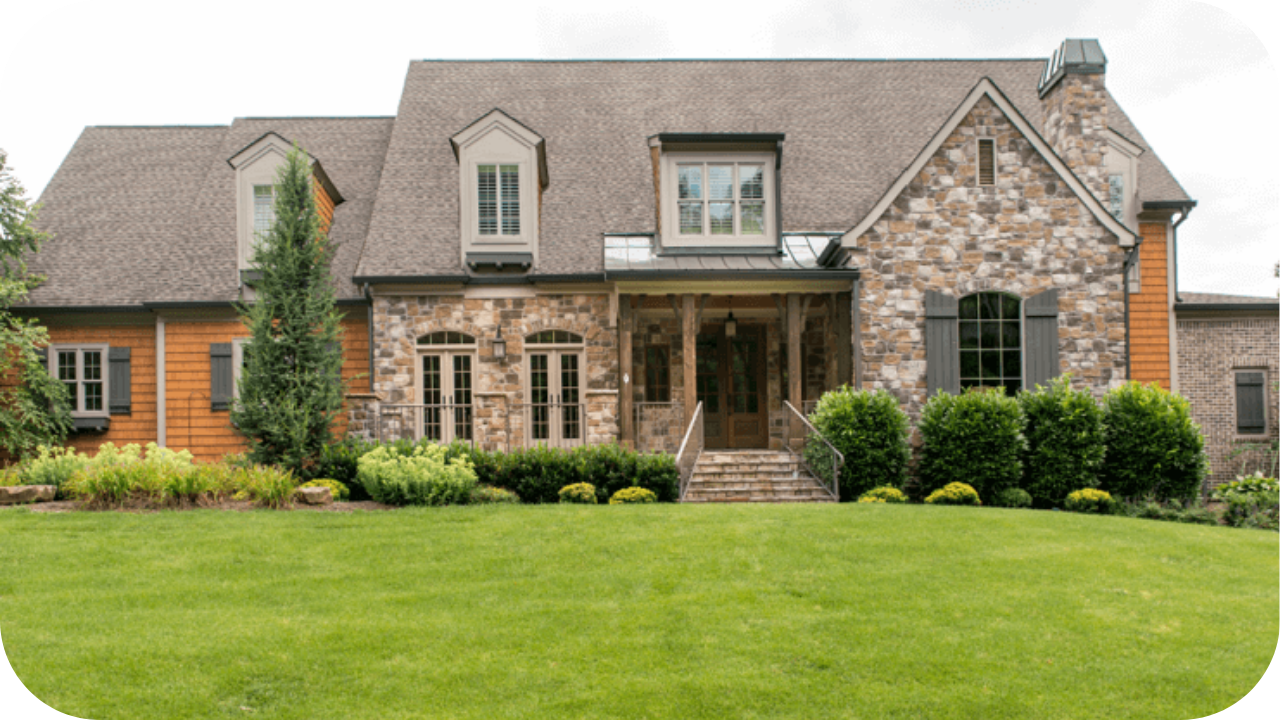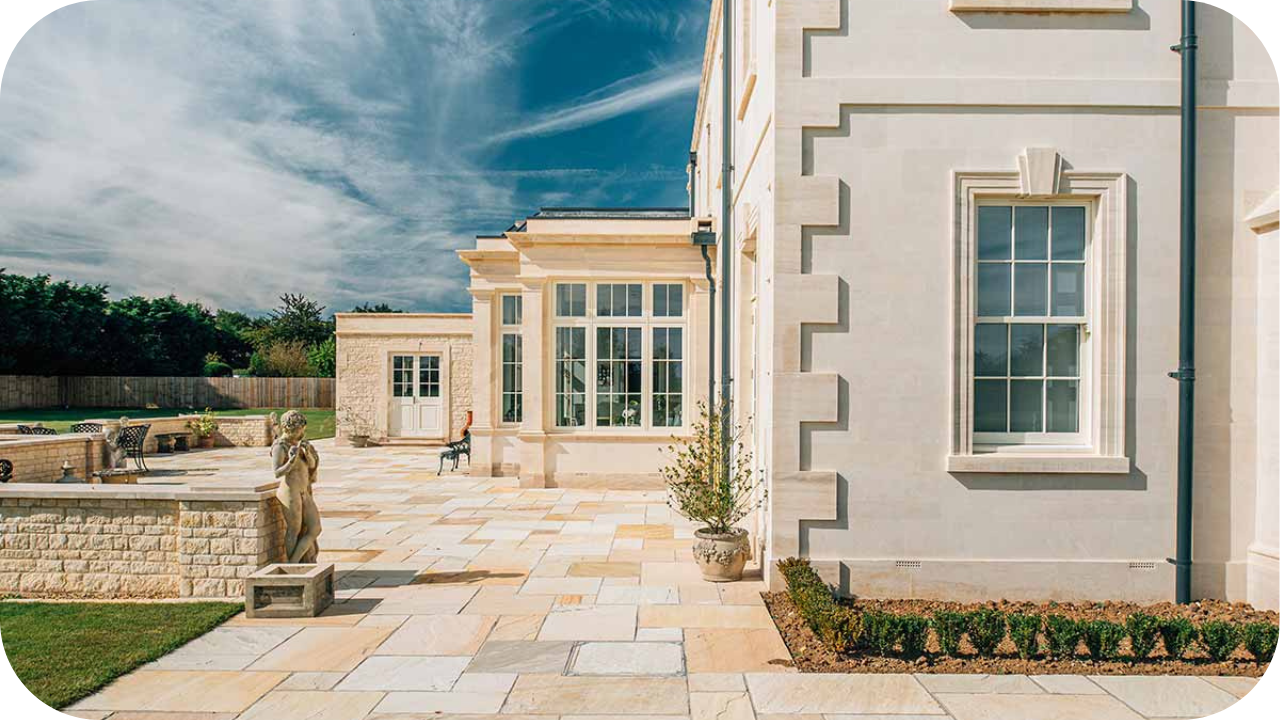
Bluestone is a popular choice for outdoor paving, but its durability is often questioned.
Cracks and splits can mar the aesthetic appeal and compromise the structural integrity, posing potential safety hazards.
Understanding bluestone’s crack resistance and proper installation techniques ensures a long-lasting and visually appealing surface.
Does Bluestone Crack Easily?
No, Bluestone does not crack easily. Its composition of dense materials, such as quartz and feldspar, tightly compacted under high pressure, contributes to its high density and low porosity. These properties make Bluestone highly resistant to environmental stress and thermal shock, ensuring durability and longevity even under fluctuating temperatures and heavy use.
Characteristics of Bluestone
Bluestone is a volcanic rock primarily composed of basalt. Its fine-grained, dense structure contributes to its notable strength and resilience. Its classic blue-grey colour can sometimes feature hints of brown or rust caused by natural mineral deposits.
Bluestone’s inherent qualities make it a highly durable material:
- Hardness: Bluestone resists scratching and general wear and tear.
- Density: The stone’s tightly packed structure resists water absorption and is less prone to freeze-thaw damage.
- Non-slip surface: Bluestone provides good traction even when wet, making it suitable for pool areas and walkways.
Factors Influencing Bluestone’s Susceptibility to Cracking
While generally durable, bluestone isn’t indestructible. Here are factors that can increase its chances of cracking:
- Quality of the Stone: Lower-quality bluestone may have internal flaws or weaker composition, making it more prone to cracking. Opting for reliable suppliers ensures greater material integrity.
- Installation Process: Improper installation is a major culprit. A poorly prepared base can lead to uneven settling and stress the stone. Additionally, insufficient gaps between pavers can cause them to press against each other during expansion, leading to cracks.
- Environmental Conditions: Extreme freeze-thaw cycles are a concern. The expansion can create cracks if water seeps into tiny fissures and freezes. Additionally, harsh chemicals like de-icing salts or acidic cleaners can degrade the stone’s surface over time, making it more vulnerable.
Comparing Bluestone with Other Natural Stones
- Granite: Granite is renowned for its exceptional hardness and durability, making it slightly more cracking-resistant than bluestone. However, granite generally comes with a higher price tag.
- Sandstone: Sandstone is softer and more porous than bluestone, making it more susceptible to cracking, especially in areas prone to freeze-thaw cycles or heavy foot traffic.
- Bluestone’s Performance: Bluestone strikes a balance between durability and affordability. It can withstand normal wear and tear and is far less prone to cracking than sandstone. While granite may be marginally tougher, bluestone’s density and hardness make it a reliable choice for many projects. Additionally, proper sealing can further enhance bluestone’s crack resistance.
Preventive Measures to Avoid Cracking
Selecting High-Quality Bluestone
- Source: Work with reputable suppliers known for providing consistent, high-grade bluestone.
- Visual Inspection: Look for stones with a uniform colour and no visible cracks or fissures.
- Density: Denser stones generally indicate higher quality and better crack resistance.
Installation Practices
- Proper Base: A stable, well-compacted base is essential to prevent uneven settling that can stress the stone.
- Expansion Gaps: Leave adequate spacing between pavers to allow for expansion and contraction due to temperature changes.
- Professional Installation: If unsure, consider hiring an experienced installer who understands the best practices for working with Bluestone.
Environmental Considerations
- Minimise Freeze-Thaw Risk: In regions with harsh winters, use a high-quality sealer to reduce water absorption.
- Avoid Harsh Chemicals: Limit exposure to de-icing salts and acidic cleaners, which can damage the stone’s surface over time.
Maintenance Tips to Prevent Cracking
Regular Maintenance
- Sweeping: Regularly sweep to remove dirt and debris that could scratch the surface or trap moisture.
- Gentle Cleaning: Wash periodically with mild soapy water and a soft brush to remove stains and prevent buildup.
- Avoid Pressure Washing: High-pressure water can damage the surface of bluestone.
Cleaning and Treatment
- Stain Removal: Address spills promptly to avoid staining. A poultice paste may be needed for stubborn stains.
- Sealing: Apply a quality bluestone sealer to create a protective barrier against water absorption and stains. Reapply sealer as recommended by the manufacturer (usually every few years).
- Efflorescence: Treat white mineral deposits (efflorescence) with a suitable cleaner for natural stone.
Conclusion
While no stone is completely immune to cracking, bluestone’s density and hardness make it a remarkably durable choice.
Proper selection, installation, and maintenance are crucial to minimising any risk. Considering its beauty, versatility, and resilience, bluestone is an excellent option for those seeking a long-lasting and elegant addition to their landscaping or architectural projects.
More To Explore

Hamptons-Style Homes and the Right Stone to Match
Hamptons-style homes are synonymous with timeless elegance, offering a perfect blend of coastal charm and sophisticated design. With their light, airy feel and use of

Luxury Looks: Styling Stone in Contemporary Homes
Stone has long been associated with luxury, and in contemporary homes, it brings sophistication and timeless charm. From sleek marble countertops to the warmth of


